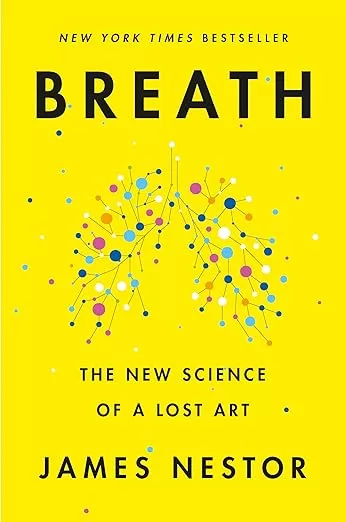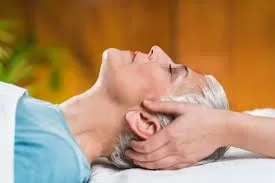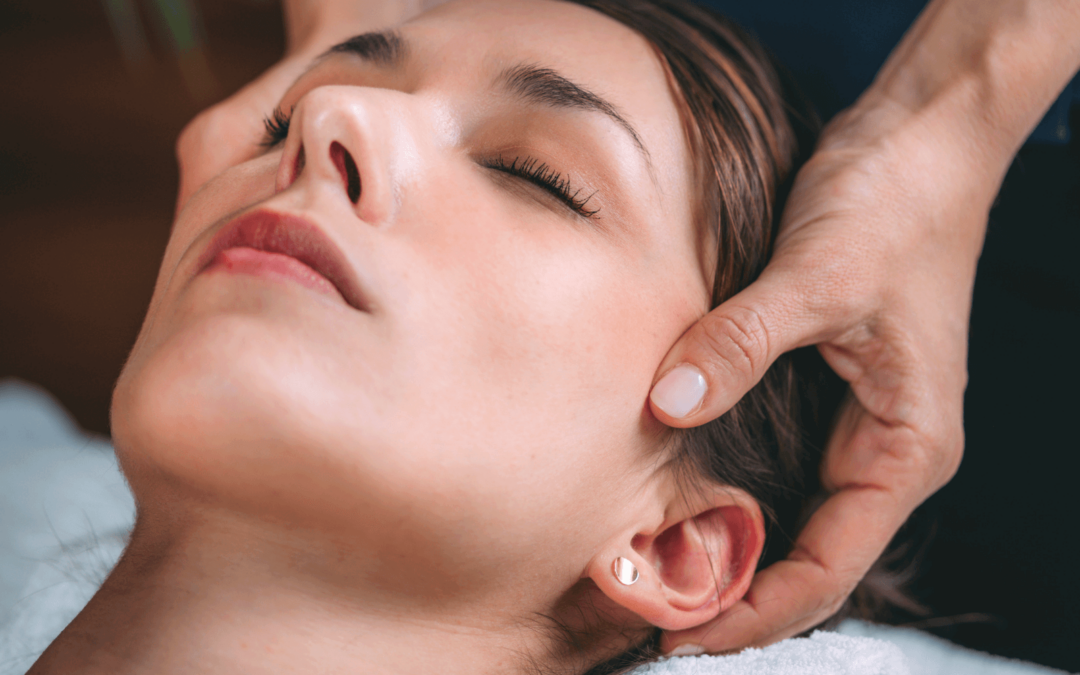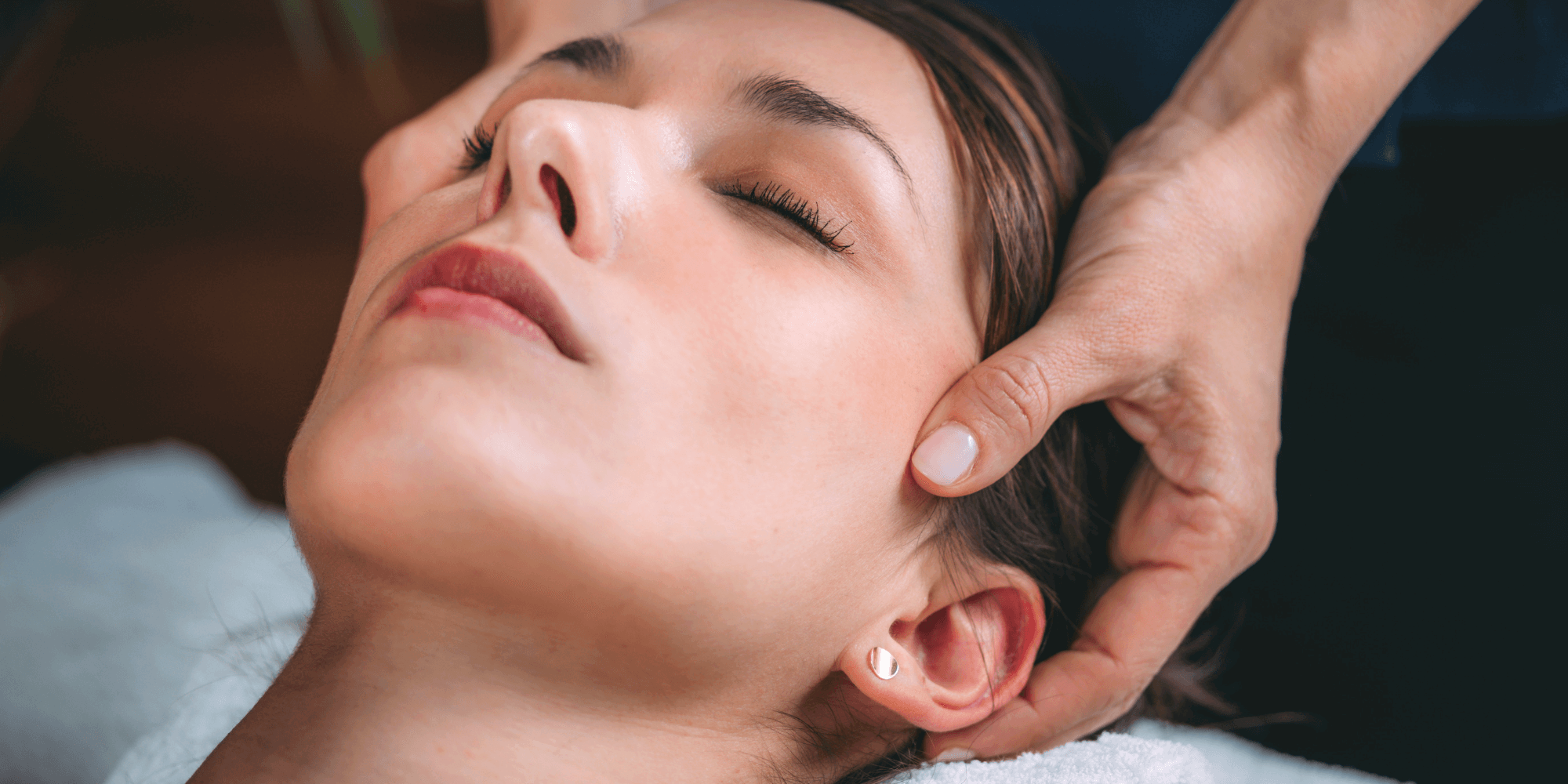
Why Feeling Safe in Craniosacral Therapy Matters—Especially After Trauma





The Breath: A Path to Healing and Inner Calm
By Sharon Hartnett CST-D | Craniosacral Therapist in Columbus, Ohio
The Sacred Breath of Life
Why do so many of us hold our breath—or barely breathe at all? As a Craniosacral Therapist in Columbus, Ohio, I’ve asked this question for years. I see it daily in my clients… and I’ve seen it in myself too.
Shallow breathing has become the norm in our fast-paced world. But our breath holds the key to a more relaxed, resilient, and nourished life.
My Journey to Breathing Better
Years ago, I enrolled in a yoga teacher training course, partly to deepen my understanding of breathwork. I enjoyed it, but honestly—I didn’t keep up with the practices. They didn’t quite stick.
Later, I read Breath by James Nestor, and it sparked something deeper in me. I tried mouth taping at night (as he suggests), and noticed my jaw relaxed, and I breathed through my nose more often. But again… I fell off the routine.
Creating new habits takes effort, and I’ll admit—like many of us—I didn’t always make it a priority.
A Turning Point: Breath & Awareness
Eventually, I discovered a breathwork teacher who helped me realize something important:
My exhale was restricted, and the pause after exhaling was even harder. But through consistent practice, I noticed improvement. My breath began to shift, my awareness deepened.More recently, I took a five-hour course on The Breath and Digestion with Nikki Kenward and another brilliant teacher. This time, it landed differently. The experience was informative and embodied—helping me understand how deeply the breath is connected to our digestive health and nervous system regulation.
With mindful breathing, gentle touch, and a calm presence, I could feel my body soften and re-energize.
Breathing in My Craniosacral Practice
I’ve shared simple breathing techniques with clients for years, but this workshop gave me new insight. Breathing—especially with awareness—can support digestion, emotional healing, and a balanced nervous system.
Now, I’m weaving breathwork more intentionally into my Craniosacral Therapy sessions. When clients tune in to their breath, it opens the door to inner wisdom, subtle motion, and profound relaxation.
Why Breathing Efficiently Matters
Efficient breathing means slow, intentional, and diaphragmatic breathing. Here’s why it’s so powerful:
Physical Benefits
Better oxygen flow: Nourishes tissues and supports healing
Improved posture: Strengthens the diaphragm and core
Lower blood pressure & heart rate: Activates the parasympathetic response
Enhanced digestion: Calms gut tension and supports regularity
More energy: Oxygen supports every cell in the body
Mental & Emotional Benefits
Reduces anxiety: Signals safety to the nervous system
Increases focus and clarity: Breath calms the mental chatter
Supports emotional balance: Builds capacity to respond, not react
Nervous System & Sleep Support
Moves you from “fight or flight” to “rest and digest”
Improves sleep quality and supports gentle recovery
A Simple Practice to Begin: The 4-6 Breath
This is one of my favorite practices to return to—especially when feeling anxious or disconnected.
The 4-6 Breath
When to use: Morning, bedtime, or anytime you need calm.
Sit comfortably or lie down
Inhale gently through your nose for 4 seconds
Exhale slowly through your mouth or nose for 6 seconds
Repeat for 2–5 minutes (or longer if you’d like)
Optional: Place one hand on your chest, one on your belly. Let the belly rise more than the chest. This signals the nervous system to soften.
Closing Reflections
I still return to this truth: Breath is medicine.
Breathing mindfully—especially with longer exhales—helps us release fear, calm anxiety, and reset the balance of oxygen and carbon dioxide in our system. I can feel it shift my mindset and open space for healing.
If you’re on a healing journey, whether physically, emotionally, or spiritually, try reconnecting with your breath. And if you need support, I’m here.
Let’s explore how Craniosacral Therapy and mindful breathing can help you feel more whole, more connected, and more at ease in your body.
With breath and presence,
Sharon Hartnett CST-D614 653-8111
Craniosacral Therapist Columbus Ohio
Worthington, Ohio
To find out more about CST, check out my main page.


People ask “what does Craniosacral Therapy do?” This is the best way I can think to describe it: Craniosacral Therapy (CST) is a gentle hands-on method that works with the body’s deeper wisdom to promote healing, balance, and well-being. Rooted in the understanding that structure and function are deeply connected, CST focuses on the craniosacral system and the fascia—the connective tissue that weaves the body together from head to toe.
When a skilled craniosacral therapist places their hands on the body, they’re not applying force. Instead, they’re listening. With highly trained sensitivity, they tune into the subtle rhythms and signals within the tissues, especially the fascia and the craniosacral rhythm—a gentle flow linked to cerebrospinal fluid movement. These rhythms reflect the state of the nervous system, and through them, the body communicates.
This light, intentional touch supports the body’s natural ability to self-correct. By working directly with the craniosacral system and the fascia, Craniosacral Therapy helps:
Balance the nervous system
Improve the flow of cerebrospinal fluid
Support better nutrient delivery and waste removal
Encourage smooth gliding between muscles, organs and joints
Release physical restrictions and tension
Reduce stress and promote deep relaxation
Allow emotional expression and integration
Enhance body awareness and connection to self
Fascia plays a key role here—it’s a network that connects all parts of the body, creating communication lines between organs, muscles, and systems. By freeing restrictions within this network, CST allows the body to restore movement, function, and harmony.
Ultimately, what does Craniosacral Therapy do: it helps the body move toward homeostasis—its natural state of balance. As motion and fluid flow improve, so does overall health. From relieving chronic pain to supporting emotional healing, CST offers a powerful yet subtle path for transformation.
Sharon Hartnett CST-D
Worthington, Ohio|Serving the Columbus Area
614 653-8111
To find out more about Craniosacral Therapy, check out my main page.


If you’re curious about craniosacral therapy in Columbus, Ohio, you have come to the right place. Many people are looking for natural and organic ways to feel better in their bodies—and craniosacral therapy (CST) offers a deeply relaxing and effective option. Some of the things that you can expect to have in a professional space:
This creates a safe therapeutic relationship with your Craniosacral Therapist—one that is compassionate, neutral, and professional.
Especially when fear is being held or recycled in the body, having a calm and peaceful therapeutic space and presence can help the nervous system settle. This sense of safety supports the mind in letting go and allows the body to begin healing more deeply.
Craniosacral therapy uses very light touch to release tension in the nervous system. The body responds well because the approach is so gentle—it doesn’t resist the change, it welcomes it. This allows the healing to ripple through all systems in the body: muscular, skeletal, digestive, and emotional.
Many clients report feeling calm, centered, and more connected after just one session.
Sessions are typically 60–90 minutes, depending on the therapist. You’ll lie fully clothed on a comfortable treatment table. The practitioner uses gentle hand placements to encourage the release of restrictions and integration in the tissues, and to hold a space for embodied healing.
Because the body holds cellular memory, it’s not uncommon for emotions, images, or old thoughts to arise during or after a session. This is part of the body’s natural healing process. You can check into Somatoemotional Release to find out more.
Not all craniosacral therapy is the same. Every practitioner brings a different level of training, experience, and personal approach to the table. Some may weave craniosacral work into other bodywork modalities, while others have made it the core of their practice through years of advanced study.
Before booking a session, take time to learn about a therapist’s background. Ask about their certifications, where they trained, and how long they’ve been practicing. For example, practitioners certified through the Upledger Institute have completed extensive hands-on education rooted in the foundational principles of this gentle, powerful work.
Because this is such subtle and deeply transformative therapy, finding the right match can make all the difference. Sometimes that means traveling a bit farther to work with someone whose approach truly resonates with your needs.
Your healing journey is personal—choose a therapist who brings presence, skill, and heart to the table.
Clients often seek craniosacral therapy for chronic pain, stress, trauma, or simply a desire to feel more at ease. Over time, CST helps you feel more grounded, resilient, and balanced.
Looking for Craniosacral Therapy in Columbus, Ohio?
Reach out to a certified practitioner in your area to experience the value of feeling better in your body—gently and naturally.
If you are local to Columbus, Ohio, call:
Sharon Hartnett CST-D
Worthington, Ohio|Serving the Columbus Area
614 653-8111
To find out more about Craniosacral Therapy, check out my main page.


If you’re dealing with chronic pain, anxiety, headaches, or tension that won’t go away, you may want to consider Craniosacral Therapy (CST). This gentle but powerful bodywork helps your body release deep patterns of stress by working directly with the central nervous system.
Craniosacral Therapy is a hands-on technique that uses light touch—often no more than the weight of a nickel. It works with the craniosacral system, which includes the membranes, bones, and cerebrospinal fluid surrounding your brain and spinal cord.
The goal is to support your body’s ability to self-correct by relieving restrictions around the brain, spinal cord, and fascia (the body’s connective tissue).
A skilled CST therapist gently assesses the rhythm and movement of the craniosacral system, using techniques to encourage balance and release. Areas of focus often include:
Cranial bones and sutures (especially helpful for TMJ and headaches)
Spinal segments and sacrum (important for lower back and pelvic issues)
Fascial restrictions throughout the body
The dural tube (which protects your spinal cord)
The vagus nerve (key for calming the nervous system)
By enhancing the flow of cerebrospinal fluid and relieving pressure around the brainstem and nervous system, Craniosacral Therapy promotes deep relaxation, pain relief, and emotional release.
Many people in Columbus and Worthington, Ohio come to craniosacral therapy for help with:
Chronic pain and tension
TMJ and jaw problems
Headaches and migraines
Anxiety and emotional stress
Post-surgical recovery
Trauma and PTSD
Digestive or pelvic issues
Because it’s so gentle, CST is safe for people of all ages—from newborns to older adults. Each session is personalized and supportive of your body’s healing needs.
Ready to Experience Craniosacral Therapy in Worthington or Columbus?
With nearly 30 years of experience and the highest level of certification, I offer sessions that combine anatomical precision with compassionate care. If you’re looking for a natural, non-invasive way to reconnect with your body and release tension, I invite you to book a session today.
Sharon Hartnett CST-D
Worthington, Ohio|Serving the Columbus Area
614 653-8111
To find out more about Craniosacral Therapy, check out my main page.


CST is offered by a range of licensed professionals, including massage therapists, physical therapists, occupational therapists, nurses, and physicians. Pricing can vary depending on their level of training, experience, and location.
Highly trained craniosacral therapists—especially those certified through respected schools like the Upledger Institute—often dedicate many years to mastering this work. Many bring additional expertise in manual therapy or healthcare, which deepens the quality of care they provide.
When choosing a craniosacral therapist, it’s important to consider more than just cost. You’re investing in a practitioner’s education, clinical experience, and ability to hold a safe, skilled presence. Healing is personal, and it’s worth finding someone who has taken the time to study anatomy, refine their techniques, and truly support your body’s process. In this case, experience makes a difference.
Lastly, when it comes to your health, nobody counts more than yourself. You have a choice to be proactive and live with healthy body responses, and you also have a choice to come into Integrative Holistic care when your’e not feeling as well. More often when you choose the first, you’ll probably need to come in less often-getting tune ups. If you are feeling sick or experiencing chronic pain, there is more of a chance, coming in more frequently and longer-term would be the better option. A Craniosacral Therapist can’t diagnose, but once a session is completed, they can describe and give you a better picture what they are feeling, and make suggestions how they can help you.
The Main Cost Answer
The range of prices could be anywhere from about $60.00 for a student learning to about $250.00 based on experience and location. In the Columbus, Ohio area, I have seen prices range from about $90.00 to $175.00 per hour.
Craniosacral Therapy helps you connect with your own inner healing resources. Think how great it would be to mindfully take charge of your own life!
Sharon Hartnett CST-D
Worthington, Ohio|Serving the Columbus Area
614 653-8111
To find out more about Craniosacral Therapy, check out my main page.